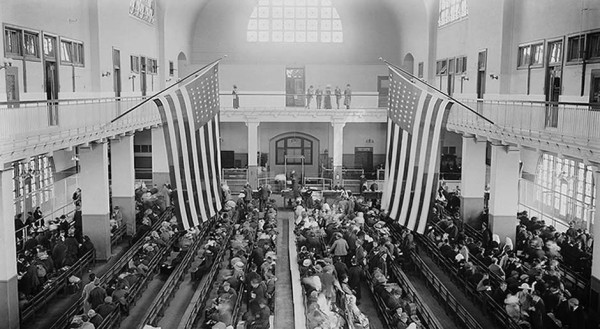Immigration Laws In the United States over the Last Century

With the Senate judiciary committee preparing the immigration reform bill for the floor this week, the Sunlight Foundation created a timeline of the major immigration laws in the United States over the last century.
Despite being a nation of immigrants, the United States has a long tradition of regulation who could and could not enter the country. In the late 1800s, the government started excluding potential immigrants based on their national origin, a tradition that lasted until 1965.
The first legislative act of that kind was the 1882 Chinese exclusion act, passed by Congress on the belief that Chinese labor, used on the transcontinental railroad, depressed wages.
In 1924, the United States passed the Immigration Act. It created the first quota law with the purpose of maintaining the nation's northern European majority. In order to achieve this goal, the law gave each nation abroad a number of visas equal to the 2 percent of their population in the US as of the 1890 census, at the exclusion of Asians.
In 1942, the Congress created the first guest worker program allowing Mexican agricultural workers to work in the United States.
In 1944, the United States repealed the Chinese exclusion act. Race based immigration completely ended in 1965 when the US changed its immigration system that considered profession, skills and family ties rather than race.
The last attempt to reform the in-depth immigration system was in 2007 and it failed to pass the Senate despite bipartisan support.
The following timeline, provided by the Sunlight Foundation, gives a broad overview of various immigration regulations put in place by the United States over the last 135 years.




